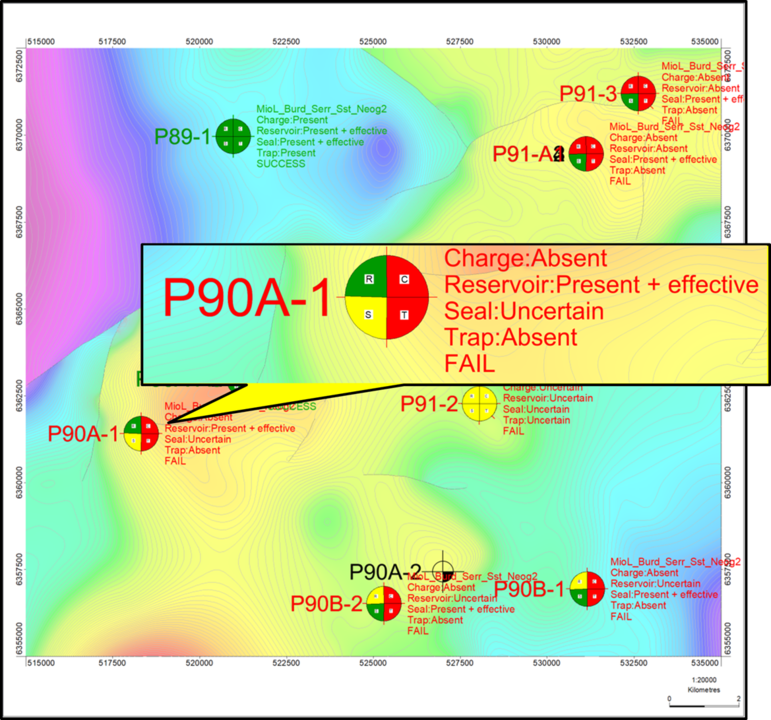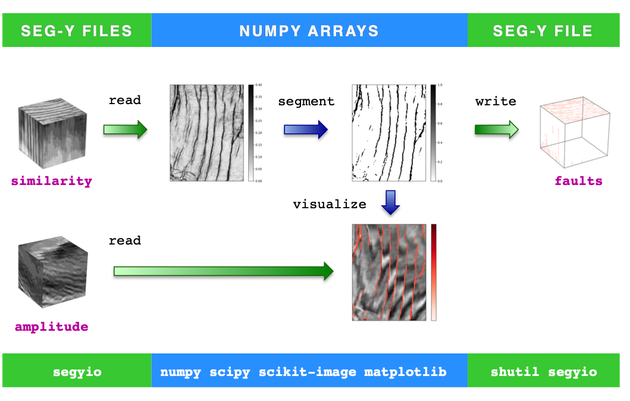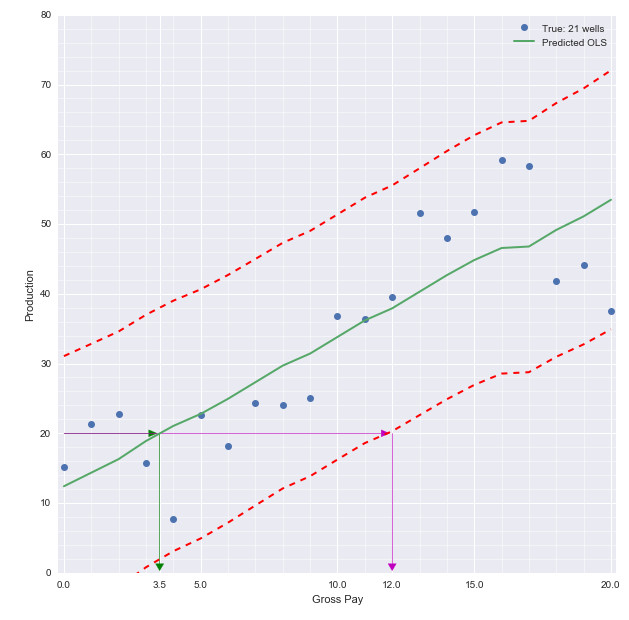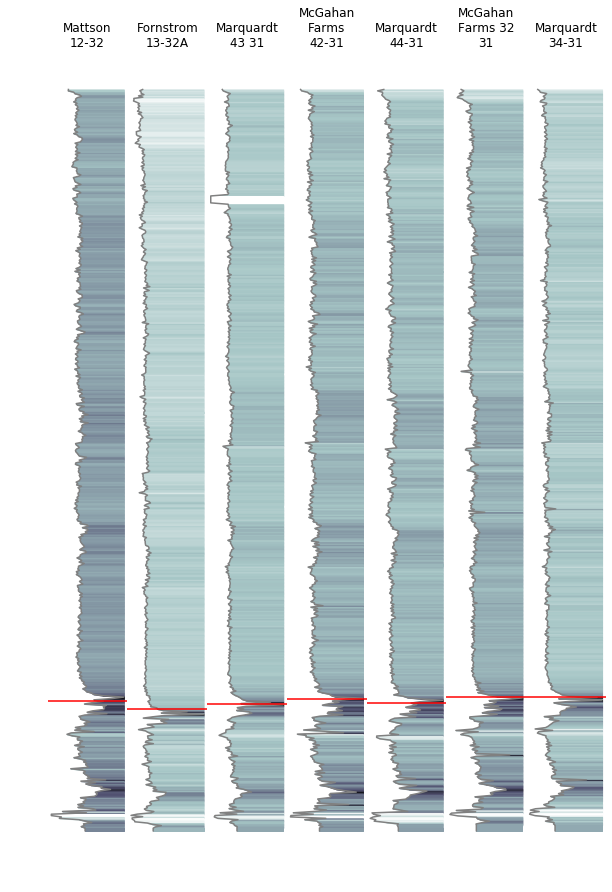Blog
A data science blog for Petroleum Engineering.Topics covered
All Blog posts by date
Using application microprocessors for seismic
First practical application that I know of using the next thing after TPUs (Tensor Processing Units): ASICs or Application Specific Integrated Circuit. Ideal dedicated hardware for the massive seismic data and processing. Machine Learning (ML) algorithms build a mathematical model based upon representative sample data, known as ‘training data’, in order to make predictions or decisions without being explicitly programmed to perform the task. I limit my discussion here to supervised learning in the context of a potential application to seismic data image processing of a real marine seismic dataset, and then discuss how the computational scale of such exercises reinforce the need to develop computing technology that is customized for large ML problems.Well Failure Analysis by Kevin Ward
Article in LinkedIn.
How do you analyse well failure? Just to be clear upfront, I’m referring to geological failure, as opposed to engineering failure – I’ll leave that one for the engineers!
Well Failure Analysis by Kevin Ward.
Keywords: geology, well, Petrosys, dbMap
References:
On Data Science
At request of colleagues, what I have to say on this is: I believe that data science doesn’t have the word “science” to make it look sexy. It really means it. Data Science as a discipline is not new. It has been living among us for 50 years. It was invented by scientists with deeply ingrained love for statistics. Statisticians have been the inventors and guardians of data science. They still are.Python, 3D seismic using segyio by Matteo Nicoli
Found this interesting article in LinkedIn:
WORKING WITH 3D SEISMIC DATA IN PYTHON USING SEGYIO AND NUMPY (MOSTLY) by Matteo Nicoli. It comes with code, Python notebook and repository.
Keywords: segyio, seismic, python, notebook
References:
The whole point of data science
Article Predict Core Properties with Machine Learning by Amrita Sen. _“The OAG platform allows subject matter experts to then quickly build and assess machine learning models without having to learn Python or R.” _ <- ARR. But that is the whole point of the data science revolution: getting rid of black boxes and bring more open science to increase the discoveries and untap hidden oil. Petroleum engineers should strive to make reproducible examples.Calculate economic risk with regression using Python by Matteo Niccoli
Another reproducible example of regression using Python to calculate economic risk. By Matteo Niccoli (2017).
Keywords:
References
Reproducible notebook to generate cross sections from well logs by Jesse Pisel
Reproducible Python notebook to generate cross sections from well logs (Denver Basin). Includes Github repo. By Jesse Pisel (2019).
Keywords: LAS files, glob, cross section, Niobrara Formation, Denver Basin, Wyoming, gamma-ray curves
References
Python and PVT by Mark Burgoyne
PVT coded in Python!
Keywords: PVT, Python, phase behavior, EOS
References
Multiple Regression in Engineering Applications by Marco Rizk
Great article. And also an eye opener, specially, for those interested in correlations. I hope you publish your scripts, data and manuscript, soon for reproducibility purposes, and the benefit of the petroleum engineering community.
Keywords: linear regression, engineering, Alternating Conditional Expectations, algorithms, transformations




